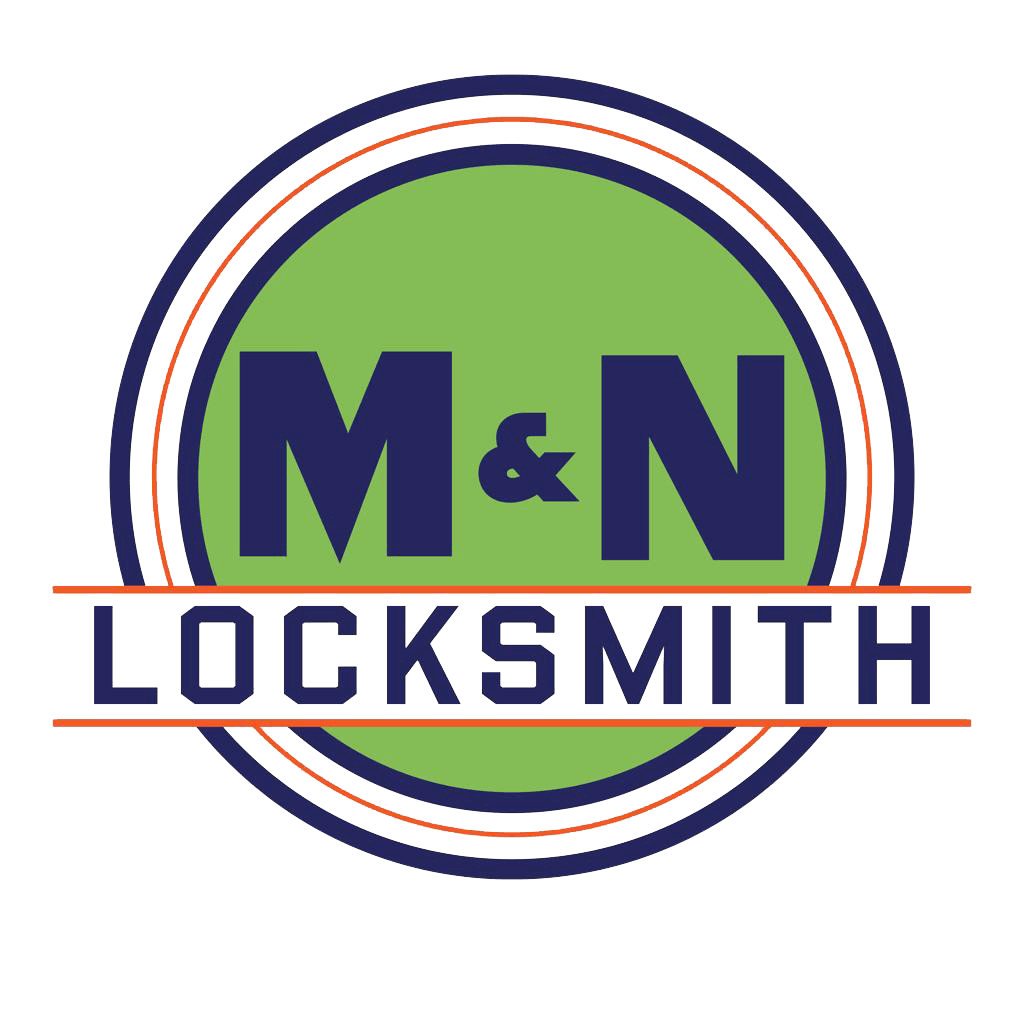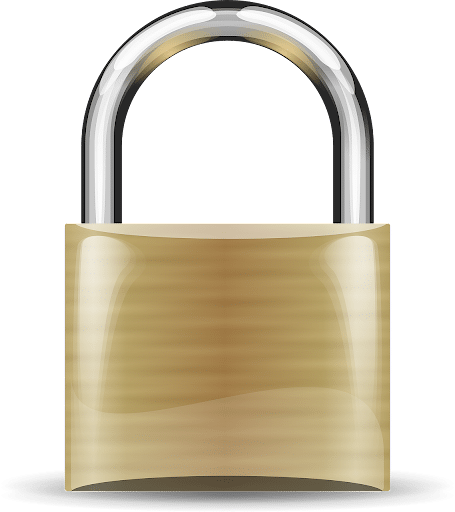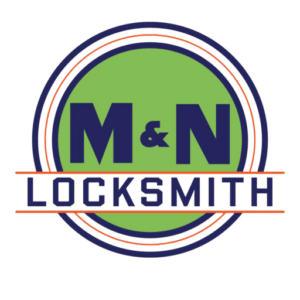When it comes to keeping our homes safe and secure, there is no compromise. Our homes are our sanctuaries, and it is essential to take every measure to protect them from intruders. With the increasing number of break-ins and burglaries, it has become more important than ever to invest in reliable home security systems. One such security measure that can significantly enhance the safety of our homes is switching to a deadbolt lock.
Deadbolt locks are a popular choice for homeowners who prioritize security. Unlike traditional spring bolt locks, deadbolt locks offer an additional layer of protection. Deadbolts are designed to resist forced entry by providing a stronger and sturdier locking mechanism. They consist of a solid metal bolt that extends into the door jamb, making it difficult for intruders to kick or force the door open.
How deadbolt locks provide enhanced security
The primary benefit of using a deadbolt lock is the enhanced security it provides. Deadbolts are not easily picked or manipulated, making them a reliable choice for deterring burglars. Unlike spring bolt locks, which can be easily bypassed using credit cards or other tools, deadbolt locks require a key or knob to operate. This means that even if an intruder manages to pick the lock, they will still need a key to unlock the deadbolt.
Furthermore, deadbolt locks are more resistant to brute force attacks. The solid metal bolt extends deep into the door jamb, providing a strong anchor point. This makes it incredibly difficult for intruders to kick or force the door open. Deadbolts are also available in different variations, such as single-cylinder and double-cylinder locks, offering homeowners the flexibility to choose the level of security they require.
Types of deadbolt locks
There are several types of deadbolt locks available in the market, each with its unique features and benefits. The most common types include single-cylinder deadbolt locks, double-cylinder deadbolt locks, and keyless entry deadbolt locks.
Single-cylinder deadbolt locks are the most commonly used type of deadbolt locks. They are operated using a key from the outside and a thumb-turn knob from the inside. Single-cylinder deadbolts are easy to use and provide a high level of security.
Double-cylinder deadbolt locks require a key to unlock or lock the door from both the inside and the outside. They are ideal for doors with glass panels or windows near the lock, as they prevent intruders from reaching through the glass to unlock the door.
Keyless entry deadbolt locks are gaining popularity due to their convenience and ease of use. These locks use electronic keypads or fingerprint scanners to grant access. They eliminate the need for keys and provide an added layer of security by allowing homeowners to create unique access codes or use biometric authentication.
Choosing the right deadbolt lock for your home
Selecting the right deadbolt lock for your home is crucial to ensure optimal security. When choosing a deadbolt lock, consider factors such as the level of security you require, the type of door you have, and your budget.
Evaluate the security rating of the deadbolt lock. Look for locks that meet industry standards and have been tested for durability and resistance to forced entry. Consider the type of door you have, as some deadbolts are designed specifically for wood doors, while others are suitable for metal or composite doors.
It is also important to consider the aesthetic appeal of the deadbolt lock. Choose a lock that complements the overall design of your home and matches the style of your door hardware. Additionally, consider your budget and select a deadbolt lock that offers the best combination of security features and affordability.
Installing a deadbolt lock
Is a relatively simple process that can be done by most homeowners. However, if you are not confident in your DIY skills, it is advisable to hire a professional locksmith to ensure proper installation.
To install a deadbolt lock, start by marking the location of the lock on the door. Use a drill to create holes for the lock cylinder and the deadbolt assembly. Insert the lock cylinder into the hole from the outside, and secure it in place using screws. Next, insert the deadbolt assembly into the hole from the edge of the door, and secure it with screws. Finally, test the lock to ensure smooth operation and proper alignment.
Maintenance tips for deadbolt locks
To ensure the longevity and effectiveness of your deadbolt lock, regular maintenance is essential. Here are some maintenance tips to keep in mind:
- Lubricate the lock cylinder and mechanism regularly using a silicone-based lubricant.
- Clean the lock and the surrounding area to remove dust and debris that can affect the lock’s performance.
- Check the screws and strike plate periodically to ensure they are tight and properly aligned.
- If you notice any signs of wear or damage, such as rust or loose parts, consider replacing the lock or contacting a professional locksmith for repairs.
By following these simple maintenance tips, you can ensure that your deadbolt lock continues to provide reliable security for your home.
Additional security features to consider
While deadbolt locks offer excellent security on their own, there are additional security features that you can consider to further enhance the safety of your home. Some of these features include:
- Security cameras: Install security cameras around your home to deter potential intruders and capture any suspicious activity.
- Motion sensor lights: Install motion sensor lights near entry points to illuminate the area when movement is detected, making it less attractive to burglars.
- Alarm system: Invest in a comprehensive home security system that includes door and window sensors, as well as a loud alarm to alert you and your neighbors in case of a break-in.
Adding these additional security features can provide an extra layer of protection and peace of mind for you and your family.
Common misconceptions about deadbolt locks
There are several misconceptions surrounding deadbolt locks that need to be addressed. One common misconception is that any deadbolt lock is secure. While deadbolt locks offer enhanced security compared to spring bolt locks, not all deadbolts are created equal. It is important to choose a high-quality deadbolt lock that meets industry standards and provides the level of security you require.
Another misconception is that deadbolt locks are only necessary for homes located in high-crime areas. The truth is that burglaries can occur in any neighborhood, and it is essential to take proactive measures to protect your home and belongings.
Conclusion
Investing in the security of your home is a decision that should not be taken lightly. Switching to a deadbolt lock is a simple yet effective way to enhance the safety of your home and protect your loved ones and belongings. Deadbolt locks provide a higher level of security compared to traditional spring bolt locks, making them an excellent choice for homeowners who prioritize safety.
By understanding the importance of home security, choosing the right deadbolt lock, and implementing additional security measures, you can create a robust security system for your home. Remember to regularly maintain your deadbolt lock and consider professional installation if needed.
Don’t compromise when it comes to the safety of your home. Make the switch to a deadbolt lock and enjoy the peace of mind that comes with knowing your home is secure.
Frequently Asked Questions
1. Can I install a deadbolt lock on my own?
Yes, installing a deadbolt lock can be a DIY project for most homeowners. However, if you are not confident in your DIY skills, it is advisable to hire a professional locksmith for proper installation.
2. What is the difference between single-cylinder and double-cylinder deadbolt locks?
Single-cylinder deadbolt locks are operated using a key from the outside and a thumb-turn knob from the inside. Double-cylinder deadbolt locks require a key to unlock or lock the door from both the inside and the outside.
3. Are deadbolt locks necessary for all homes?
While the level of security required may vary, deadbolt locks are an essential security measure for all homes. They provide enhanced protection against forced entry and are a reliable deterrent against burglars.
4. How often should I maintain my deadbolt lock?
Regular maintenance is important to ensure the longevity and effectiveness of your deadbolt lock. It is recommended to lubricate the lock mechanism and check for any signs of wear or damage at least once every six months.
5. Can deadbolt locks be picked or bypassed?
Deadbolt locks are more resistant to picking and manipulation compared to spring bolt locks. However, it is still possible for highly skilled intruders to bypass a deadbolt lock. Choosing a high-quality deadbolt lock and implementing additional security measures can further enhance its effectiveness.


